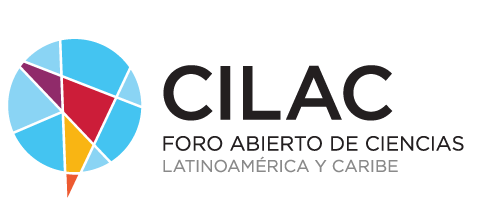An international team of researchers, led by Spaniard Juan Carlos Izpisua of the Salk Institute in the United States, has generated hybrid human-macaque embryos in the laboratory. The chimeric organism developed over a significant period of time, a period of time. The results, published in the journal Cell, represent a significant advance in our understanding of the beginnings of life, in the study of aging and serious diseases such as cancer, and, above all, in the possibility of "manufacturing" human organs in other species to end transplant waiting lists.
Chimeras between mammals have been known since the 1970s, but the breakthrough that made the current work possible came last year when Izpisua and Weizhi Ji's team at the Kunming University of Science and Technology in Yunnan, China—also a collaborator on this study—developed technology that allowed monkey embryos to grow outside their mothers' bodies for about three weeks.
Stem cells
On this occasion, the researchers inserted 25 human pluripotent stem cells (cells capable of developing into all cell types in the body) into monkey embryos created in the laboratory six days earlier. The cells were tagged with a fluorescent protein so their development could be monitored. One day later, they were detected in 132 embryos. Ten days later, 103 of the chimeric embryos were still developing. Survival soon began to decline, and by day 19, only three chimeras were still alive. Even so, they integrated better than in similar previous experiments carried out in pigs, in which the human contribution was quite low. To identify the molecular communication pathways between the two species, the scientists analyzed the transcriptome of the generated chimera—a readout of which genes and molecules were active.
The team makes it clear that it does not intend to use human-macaque chimeras to generate organs for transplantation. The reason is that, as two species much closer to each other, these hybrids are very useful for better understanding how human cells integrate. Izpisua compares it to two people trying to understand each other in different languages: between human and pig cells, communication would be similar to Chinese and Spanish. Between human and macaque cells, it would be like Spanish and Italian. By improving the "translation," researchers could increase the integration of human cells in hosts like pigs, which are more suitable for on-demand human organ farms for ethical, social, and economic reasons, among others.
Ethical considerations
According to the Spanish biologist, these chimeras are "really very useful for advancing biomedical research." In the future, in addition to generating human cells, tissues, or organs, they could also be used to study how some diseases such as cancer arise or how aging occurs. "We don't know if all organs age at the same rate, or if perhaps one drives the others. We could grow the organ of a common rat in a longer-lived species, such as the naked mole rat, and investigate which organs may be key to aging," the scientist notes.
A human-monkey hybrid may seem unsettling, but the team says they consulted with all relevant regulatory bodies and independent bioethics experts to ensure the work complies with all applicable ethical and legal standards. "The way these studies are conducted, with the utmost rigor in ethical considerations, is just as important as the results obtained," Izpisua says.
